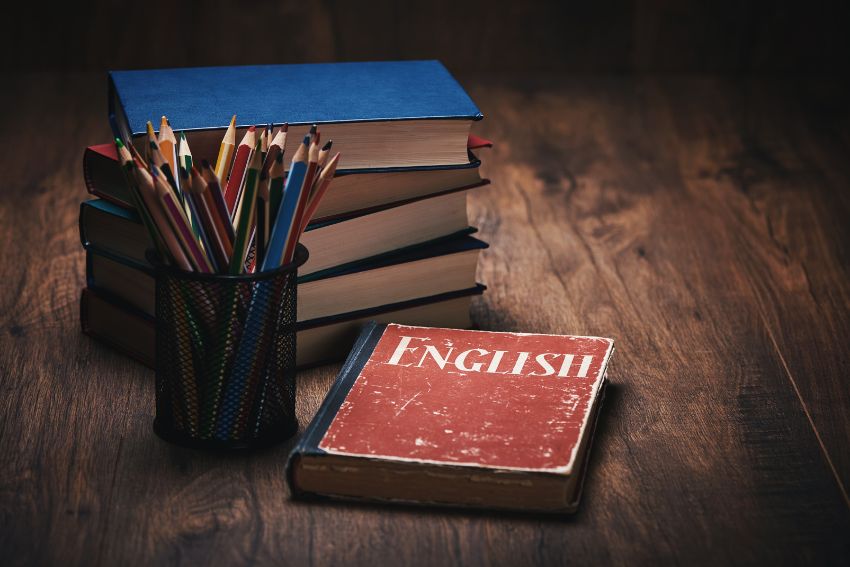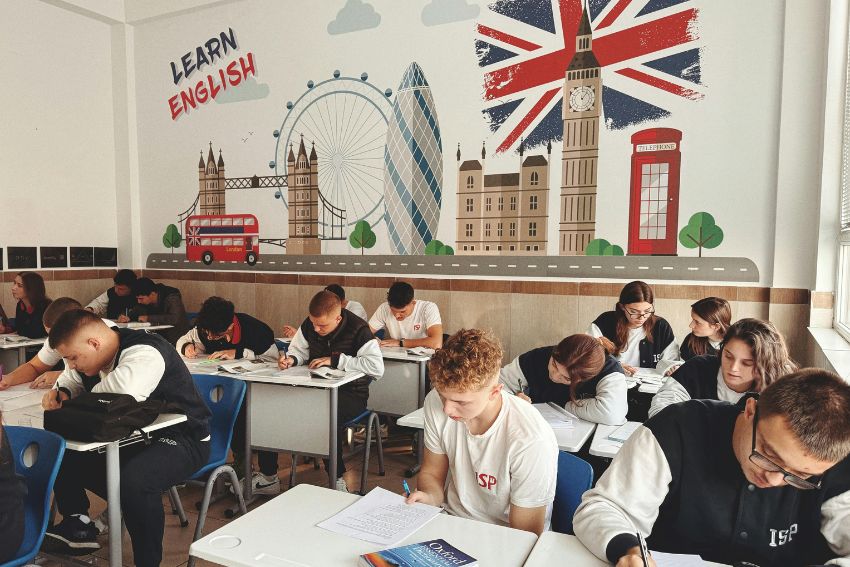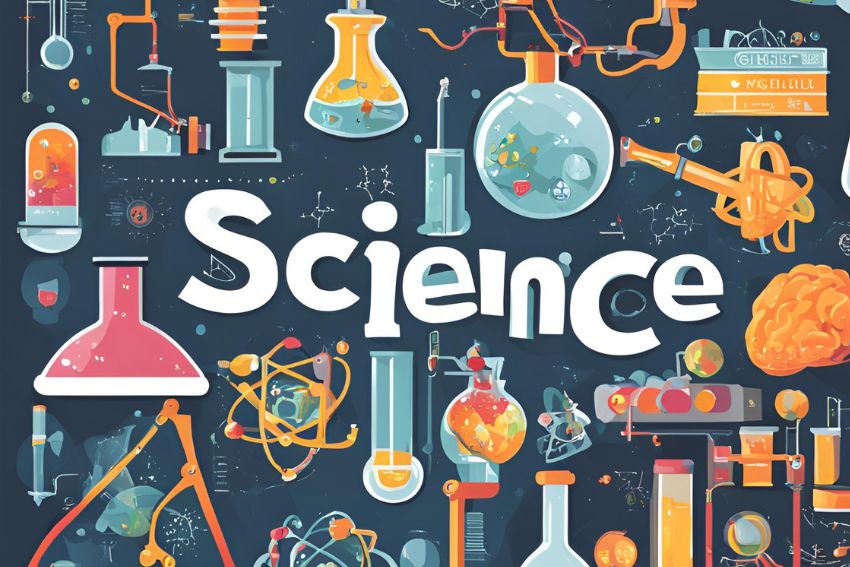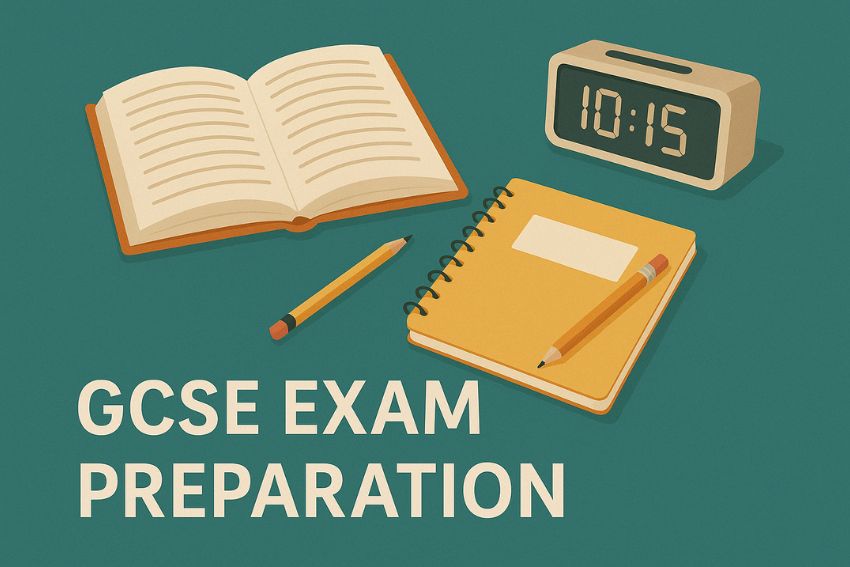Structural Devices Explained: Everything You Need to Know
When you read a story or article, have you ever noticed how it’s been built? That’s where structural devices come in. So, these are the techniques writers use to organise their ideas and guide the reader through the text.
But what is structure in English exactly? It’s not about what’s being said, but how it’s arranged, scene by scene, sentence by sentence.
In reality, structural devices in English help create tension, reveal information slowly, or highlight something important. They give the text its shape and rhythm.
Whether you’re doing GCSE English or studying structural devices at A-Level, understanding these features can boost your analysis and exam marks.

What Is Structure in English? Understanding Structural Features
Writers often use repetition or flashbacks to structure their narratives in compelling ways. According to the BBC’s guide on structural features, techniques like these are key to helping the reader follow the pace, build tension, or feel emotionally connected.
First of all, in literary analysis, structure is all about how a writer organises their ideas. It’s the way a text is built, from beginning to end.
As a result, these choices create impact. A sudden change in setting, a flashback, or a cliffhanger can shape the reader’s emotions and expectations.
Therefore, writers carefully plan how events unfold, deciding what comes first and what to save for later, they don’t just throw words on a page.
So, when we talk about structural devices in English, we’re really talking about these choices. These structural features help writers build tension, highlight key ideas, or control the pace.
Finally, by understanding these structural features in English, you’ll start to see how every paragraph plays a part in the bigger picture.
List of Structural Devices in English with Examples
Writers use a wide range of language techniques to shape their work and guide the reader’s experience.
Here’s a useful list of structural devices in the English language, along with simple examples:
List Of Structural Devices In English
| Structural Device | Explanation / Effect |
| Flashback | A shift to an earlier time to give background |
| Foreshadowing | Hints about future events to build tension |
| Circular structure | The text ends where it began, creating a full-circle effect |
| Zooming in/out | Moving between wide and detailed focus to create contrast or highlight |
| One-line paragraph | A single line set apart for emphasis or suspense |
| Shift in tone | A sudden change in mood or attitude |
| Chronological structure | Events presented in the order they happen |
| Repetition | Repeating words, phrases or ideas to create rhythm or reinforce a point |
| Cliffhanger | Ending a section or chapter with suspense to make the reader want more |
| Contrast or juxtaposition | Placing two different ideas side by side to highlight their differences |
Each of these structural devices play a unique role in shaping the story or argument.
Effects of Structural Features on the Reader
Writers use language and structure techniques to guide how we feel, think, and react while reading.
In fact, each structural choice has its specific purpose. A one-line paragraph might slow us down and create suspense. A sudden flashback can add surprise or deepen a character’s story.
Let’s take juxtaposition as an example. Putting two contrasting ideas side by side, like peace and chaos, can highlight their differences and create impact.
Another point is foreshadowing. When a story hints at danger early on, it builds tension and keeps the reader hooked.
These structural device examples aren’t just clever tricks; they shape the tone, control the pace, and guide our emotions throughout the text.
Thus, by recognising these structural features, you’ll start to see how writers carefully lead readers through every moment.
Structural Features in GCSE English
In GCSE English, structure matters just as much as language. You’ll see this clearly in Language Paper 1, Question 3.
This question asks you to analyse structural features and how they shape the reader’s response. Many students focus on what’s being said but here, it’s about how the text is built.
Examiners want to see that you notice how ideas shift, how tension builds, and how endings create impact.
Common GCSE structure techniques include flashbacks, changes in focus, contrast between settings, or a twist at the end.
For example, a writer might zoom in from a wide scene to a single detail, guiding your attention and changing the mood.
These structural devices in English help move the story forward and control what the reader feels and understands.
To score well in GCSE English, practice spotting structure and explaining why it’s used, not just what it is.

Structural Devices in A-Level English
At A-Level, you’re expected to go beyond spotting techniques; you need to explore their deeper effect on meaning and structure.
In unseen prose or comparison essays, structural devices at A-Level are all about how a writer controls time, perspective, and narrative flow.
Also, you might analyse how a story opens in the middle of the action or how shifts in narrative voice reveal character depth.
A-Level structural techniques include non-linear timelines, embedded narratives, and deliberate structural gaps or ambiguity.
For instance, a fragmented structure might reflect a character’s confusion or trauma. A parallel storyline might highlight a theme or moral choice.
The key is to link structure to interpretation. Why did the writer choose that form? How does it shape the reader’s understanding?
Analysing structural devices at A-Level means thinking like a critic, always looking for meaning beneath the surface.
Language and Structure Techniques: Common Mistakes to Avoid
One of the biggest mistakes students make is describing what happens instead of analysing the structure.
For example, saying “the writer talks about a storm” focuses on content. But with language and structure techniques, we need to ask how the storm is presented.
Does the writer start with calm weather and then build tension? Is the storm shown through short, sharp sentences? That’s structure in action.
Another common error is ignoring structural features altogether. Many focus only on language, metaphors, similes, and adjectives while forgetting about shifts in tone, focus, or time.
To improve, practice reading short texts and asking:
- Where does the focus shift?
- How does the paragraph structure affect the pace?
- What’s the effect of that opening or ending?
Remember, structure is about how the story unfolds, not just what happens.
Conclusion
Understanding structural devices takes practice, but it gets easier the more you read and analyse.
Use past papers to spot different structural techniques in action. Focus on how writers guide the reader, not just what they say.
If you’re struggling, seek extra help from online English language tutors, who can help you build confidence and sharpen your skills.
With the right support and regular practice, you’ll soon start seeing structure not as a challenge, but as a powerful tool.
Stay dedicated, stay focused. and keep practicing. Every analised text brings you one step closer to achieving top marks in your English exam.
FAQs:
What are structural devices?
Structural devices are techniques writers use to organise a text. They help shape the story, build tension, and guide the reader.
What is structure in English?
Structure in English refers to how a text is organised. It includes the order of events, paragraph layout, and how ideas unfold.
What are structural techniques in English GCSE?
In GCSE English, structural techniques include shifts in focus, flashbacks, short paragraphs, and changes in tone or pace. These are tested in Language Paper 1, Question 3.
What is an example of a structural device?
A common example is a flashback. It interrupts the main timeline to show something from the past, adding depth or context to the story.








